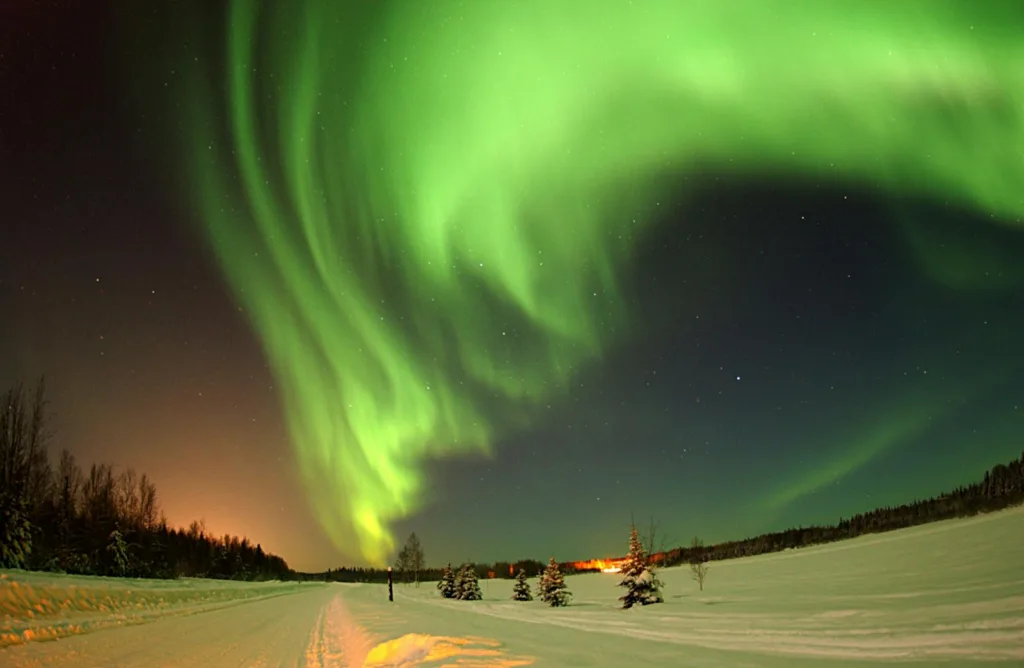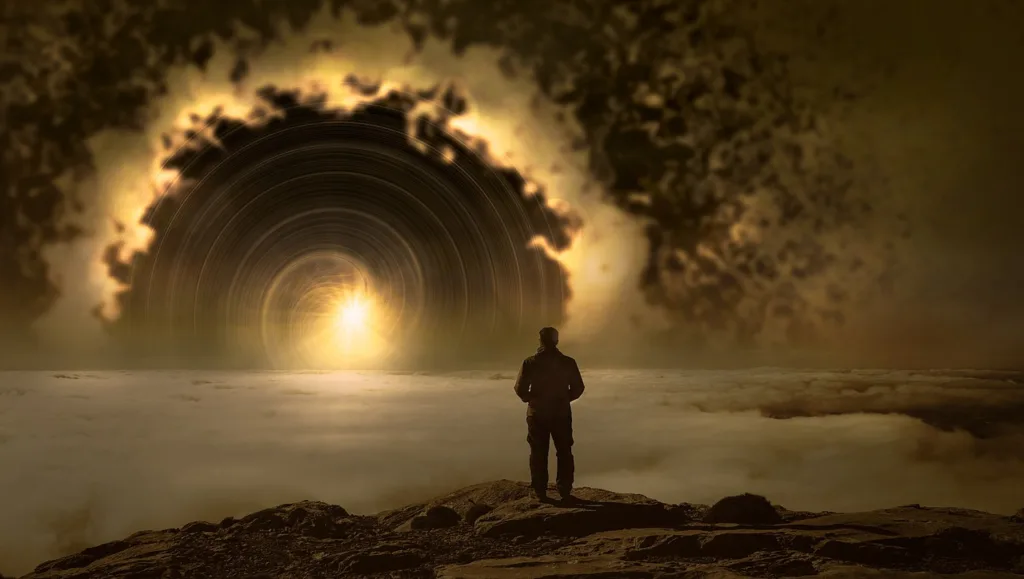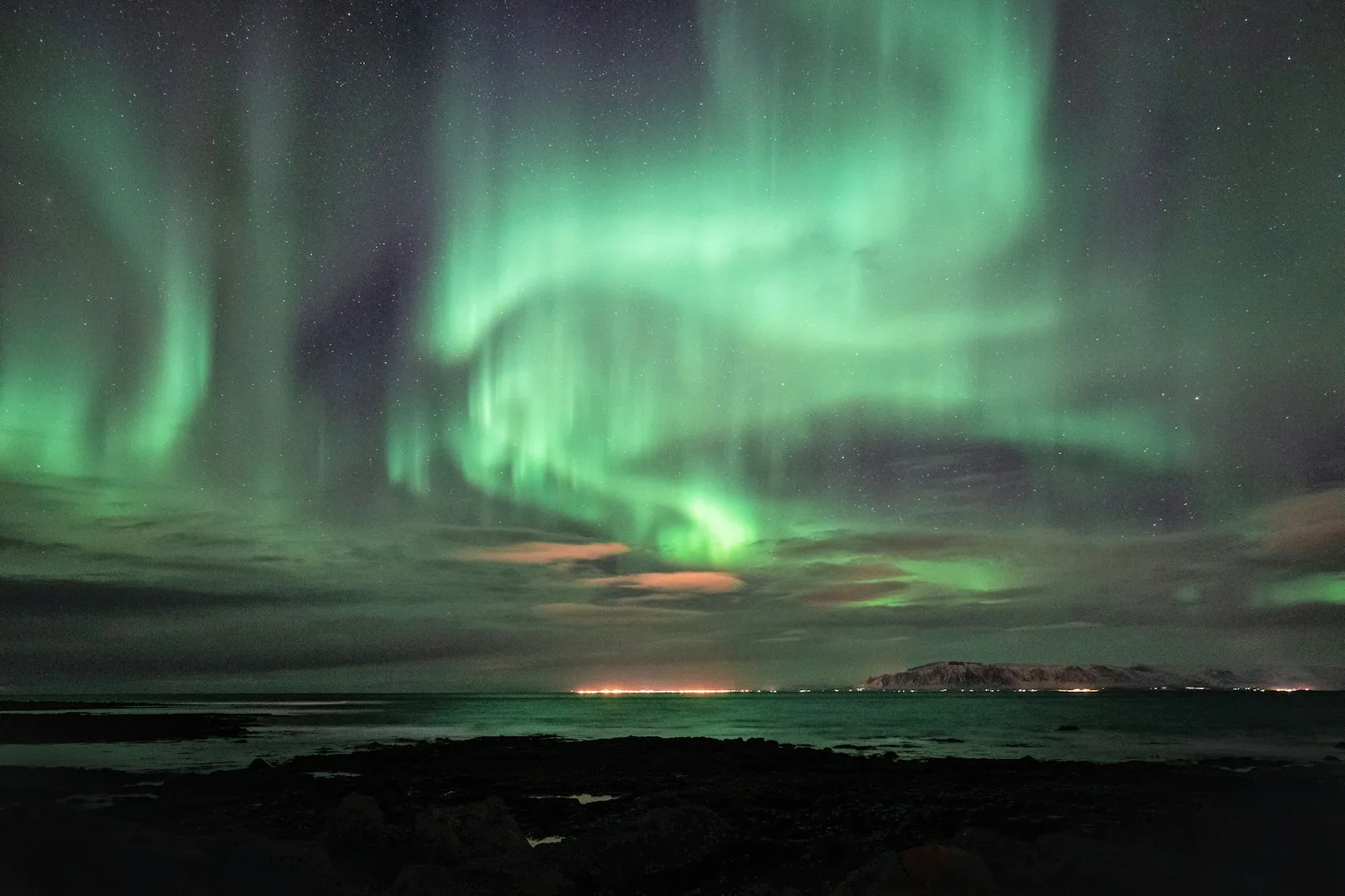Table of Contents
Scientists solve an 80-year-old enigma by discovering a “revolutionary” phenomenon.
Researchers have found a phenomenon in water that could lead to the development of entirely new technologies and drastically alter our knowledge of how the world functions.
The “photomolecular effect,” which was discovered by a team at the Massachusetts Institute of Technology (MIT), shows for the first time that water can evaporate using light and no heat source.
An 80-year-old riddle concerning why clouds seem to defy the laws of physics in how they absorb sunlight may also be resolved by this research. The paradox of clouds absorbing more light than theory allows has baffled climatologists and scientists for decades.

“The discovery that light, rather than heat, causes evaporation offers new disruptive knowledge of light-water interaction,” remarked Purdue University mechanical engineering professor Xiulin Ruan, who was not involved in the study.
It might contribute to our understanding of how sunlight interacts with fog, clouds, seas, and other natural water bodies to influence climate and weather patterns. This study is one of the very few genuinely groundbreaking findings that take some time—sometimes a very long time—to be validated and are not immediately embraced by society.
The discovery could have an impact on everything from weather forecasts to calculations related to climate change. It could also lead to new useful uses for the generation of clean water and energy.
According to the researchers, solar desalination devices will probably see early uses as a more effective means of producing fresh water than what is currently possible.

The research’s collaborator, Gang Chen, an MIT professor, stated, “I think this has a lot of applications.”
“We’re investigating all of these alternative avenues. Naturally, as clouds are the most erratic component of climate models, it also has an impact on fundamental research, such as how clouds affect the climate.
The research, “Photomolecular effect: Visible light interaction with air-water interface,” was published in the Proceedings of the National Academy of Sciences (PNAS) publication.
The report explains how the researchers conducted 14 incredibly exact tests to demonstrate that visible light spectrum photons could “cleave off” water clusters that were exposed to the atmosphere.

The Independent is the most libertarian news outlet in the world, offering worldwide news, analysis, and commentary to those who value their independence. We now have a sizable, international readership of independent-minded people who respect our dependable opinion and dedication to constructive change. Bringing about change has always been a key component of our mission, and that is true now.
Scientists discover ‘revolutionary’ phenomenon that solves 80-year-old mystery (msn.com)
phenomenon phenomenon phenomenon phenomenon
you may also like: China is the world’s enemy, and it only has itself to blame 2024.
An 80-year-old riddle concerning why clouds seem to defy the laws of physics in how they absorb sunlight may also be resolved by this research. The paradox of clouds absorbing more light than theory allows has baffled climatologists and scientists for decades.
An 80-year-old riddle concerning why clouds seem to defy the laws of physics in how they absorb sunlight may also be resolved by this research. The paradox of clouds absorbing more light than theory allows has baffled climatologists and scientists for decades.
An 80-year-old riddle concerning why clouds seem to defy the laws of physics in how they absorb sunlight may also be resolved by this research. The paradox of clouds absorbing more light than theory allows has baffled climatologists and scientists for decades.
An 80-year-old riddle concerning why clouds seem to defy the laws of physics in how they absorb sunlight may also be resolved by this research. The paradox of clouds absorbing more light than theory allows has baffled climatologists and scientists for decades.
An 80-year-old riddle concerning why clouds seem to defy the laws of physics in how they absorb sunlight may also be resolved by this research. The paradox of clouds absorbing more light than theory allows has baffled climatologists and scientists for decades.


1 thought on “Scientists solve an 80-year-old enigma by discovering a “revolutionary” phenomenon.”